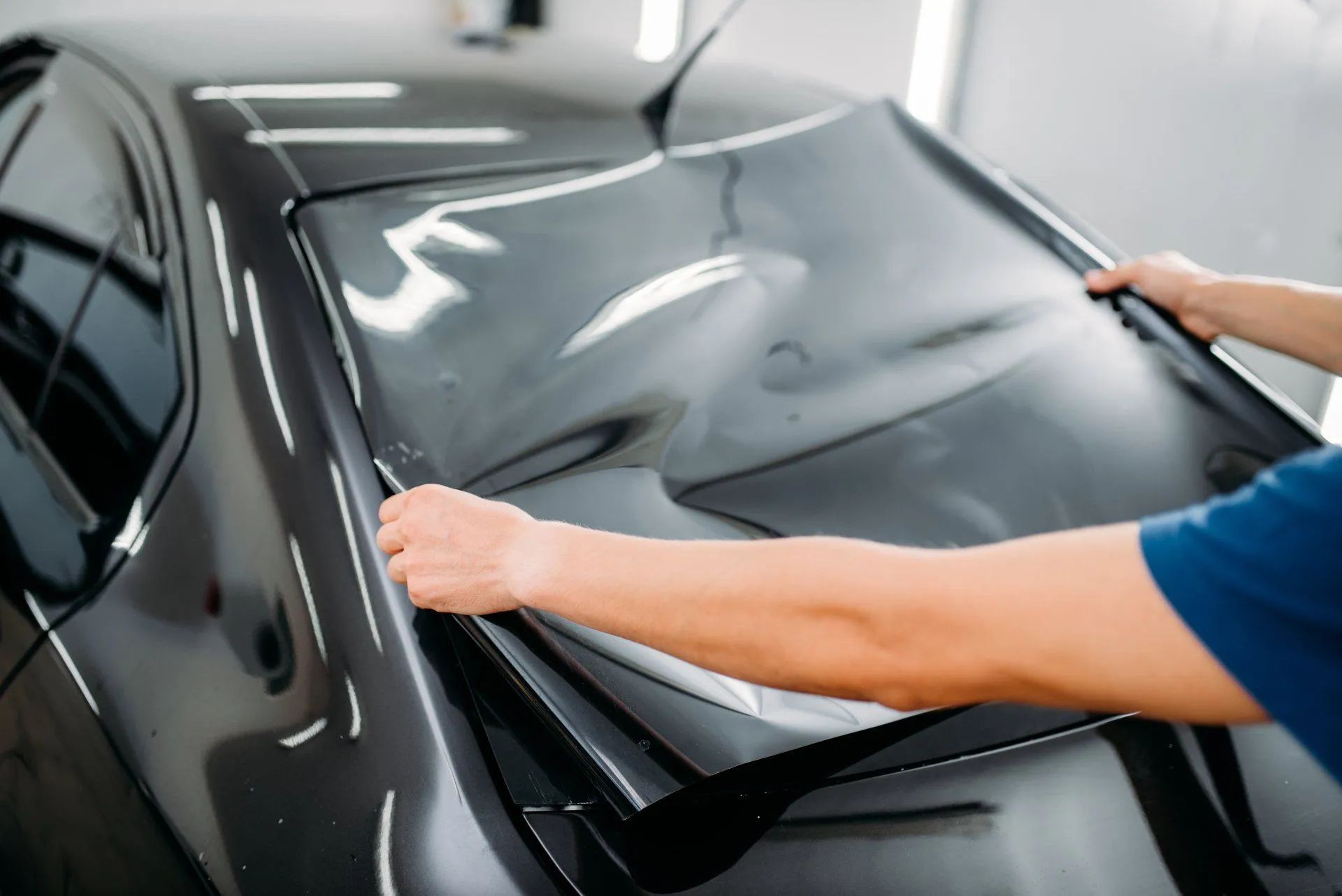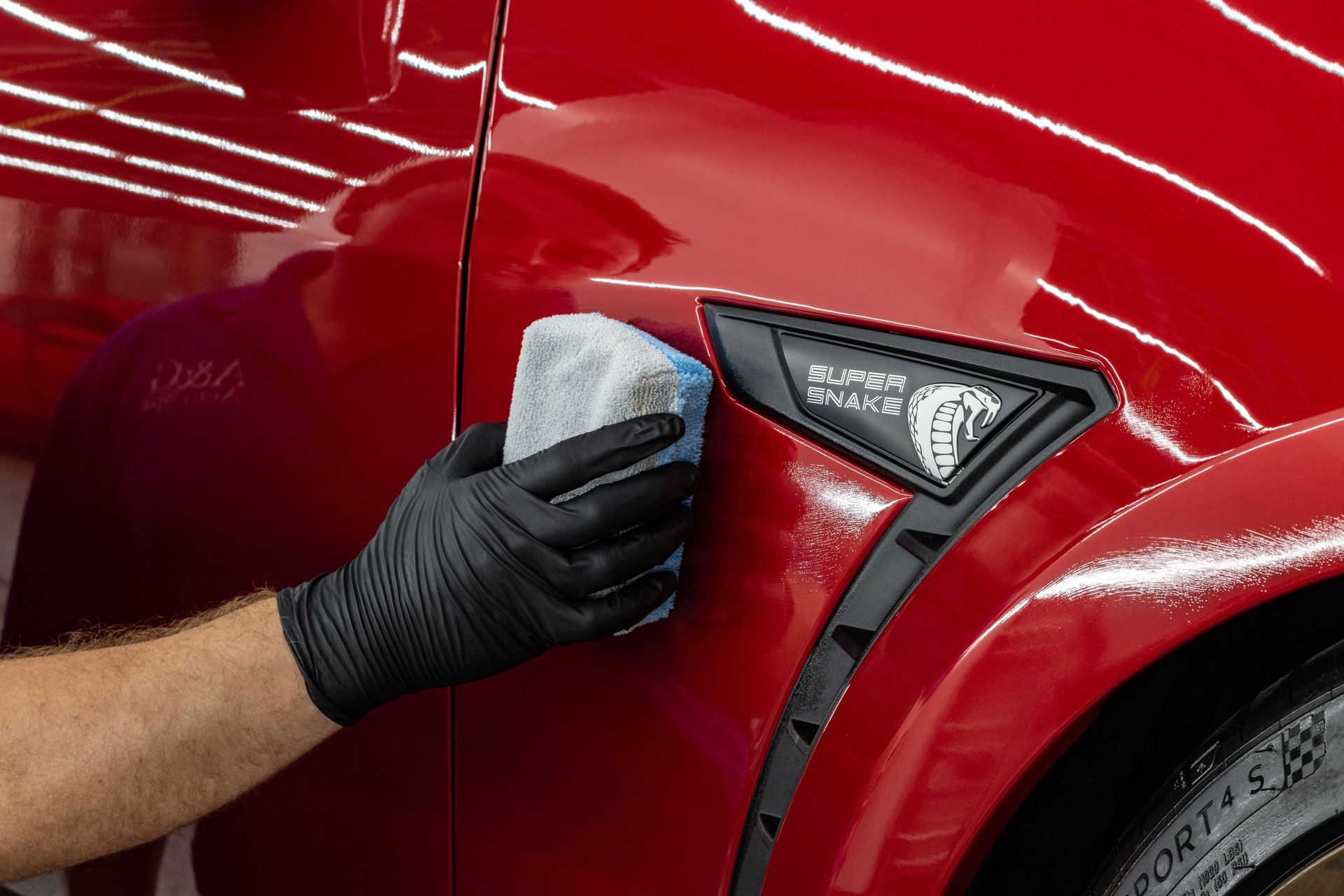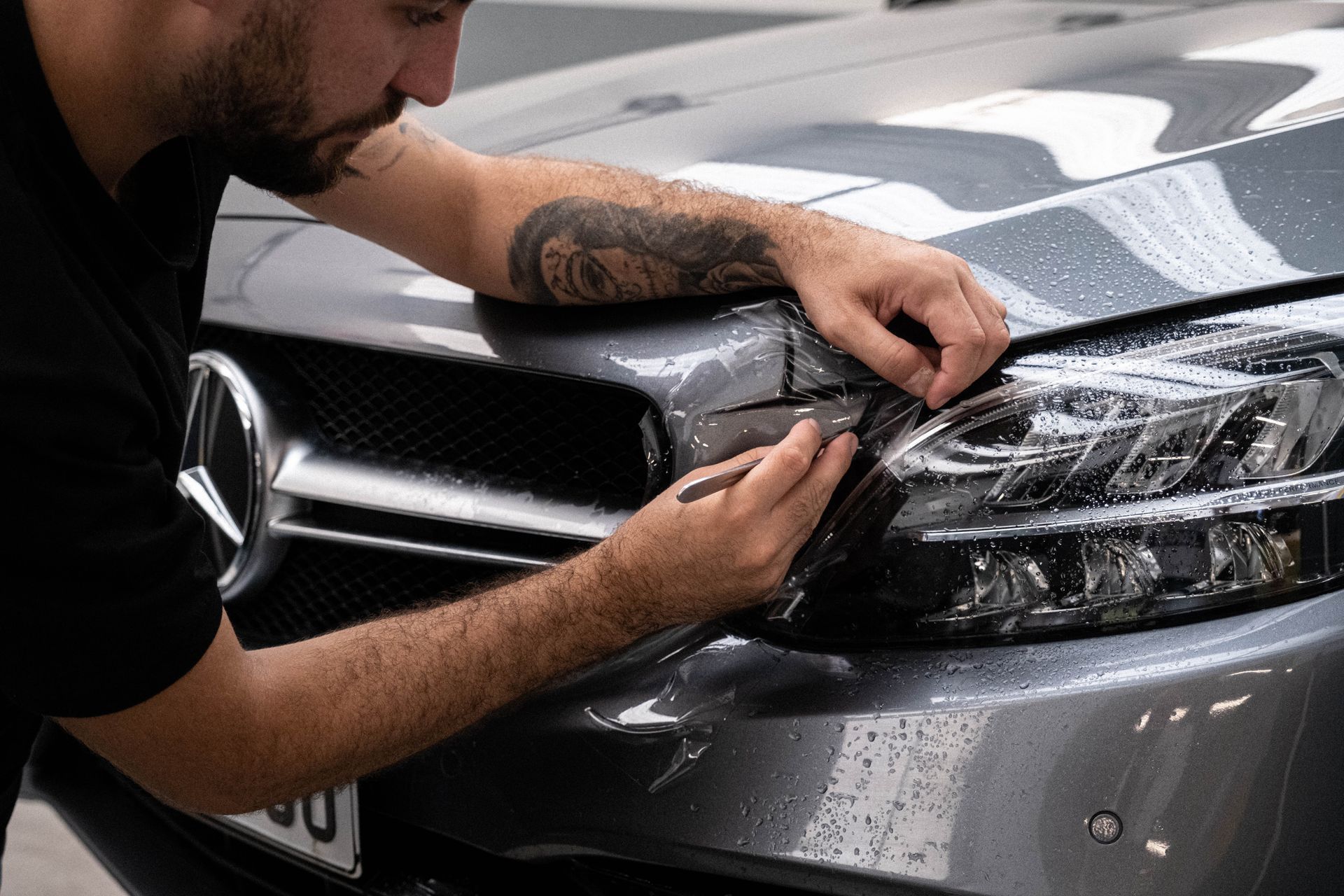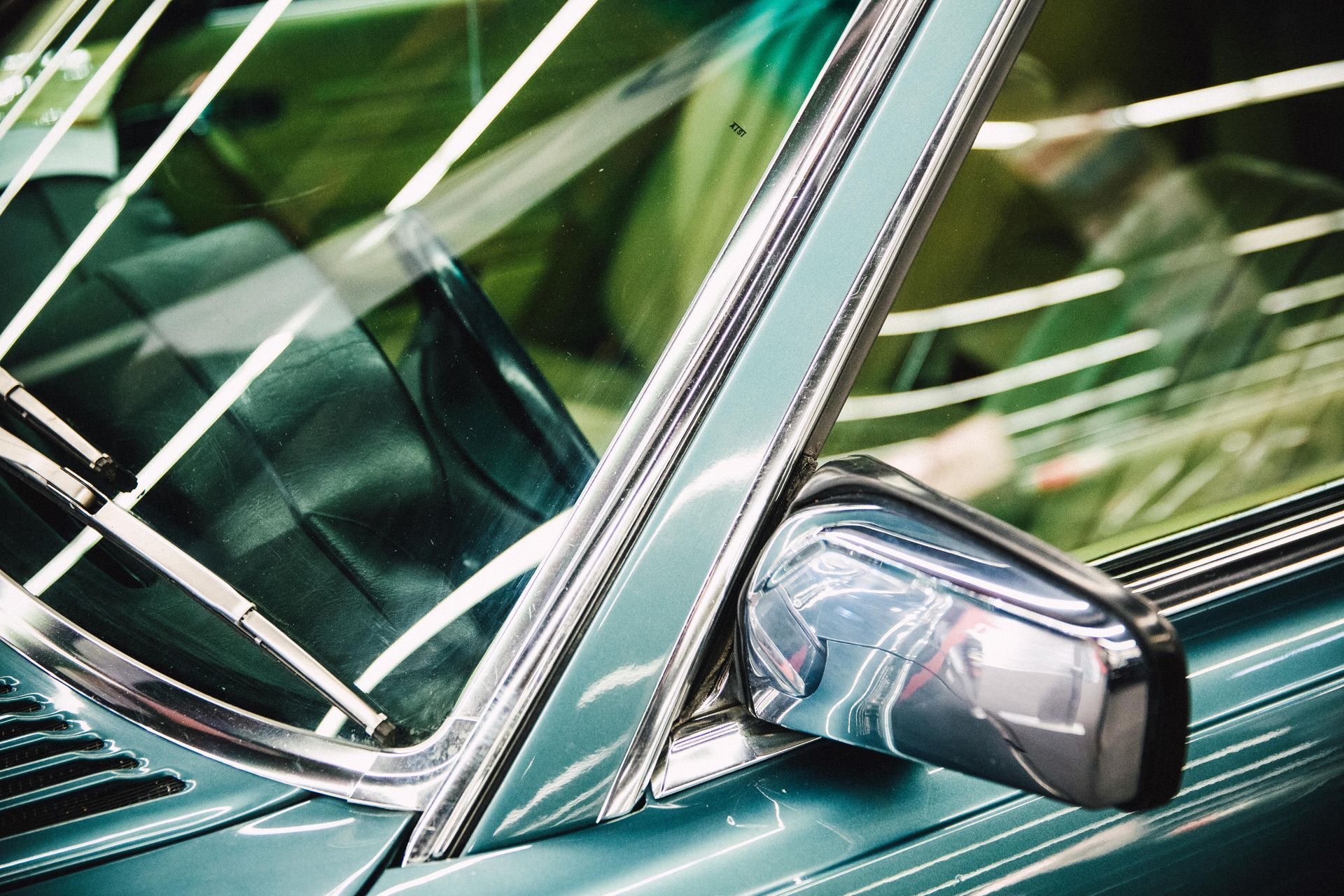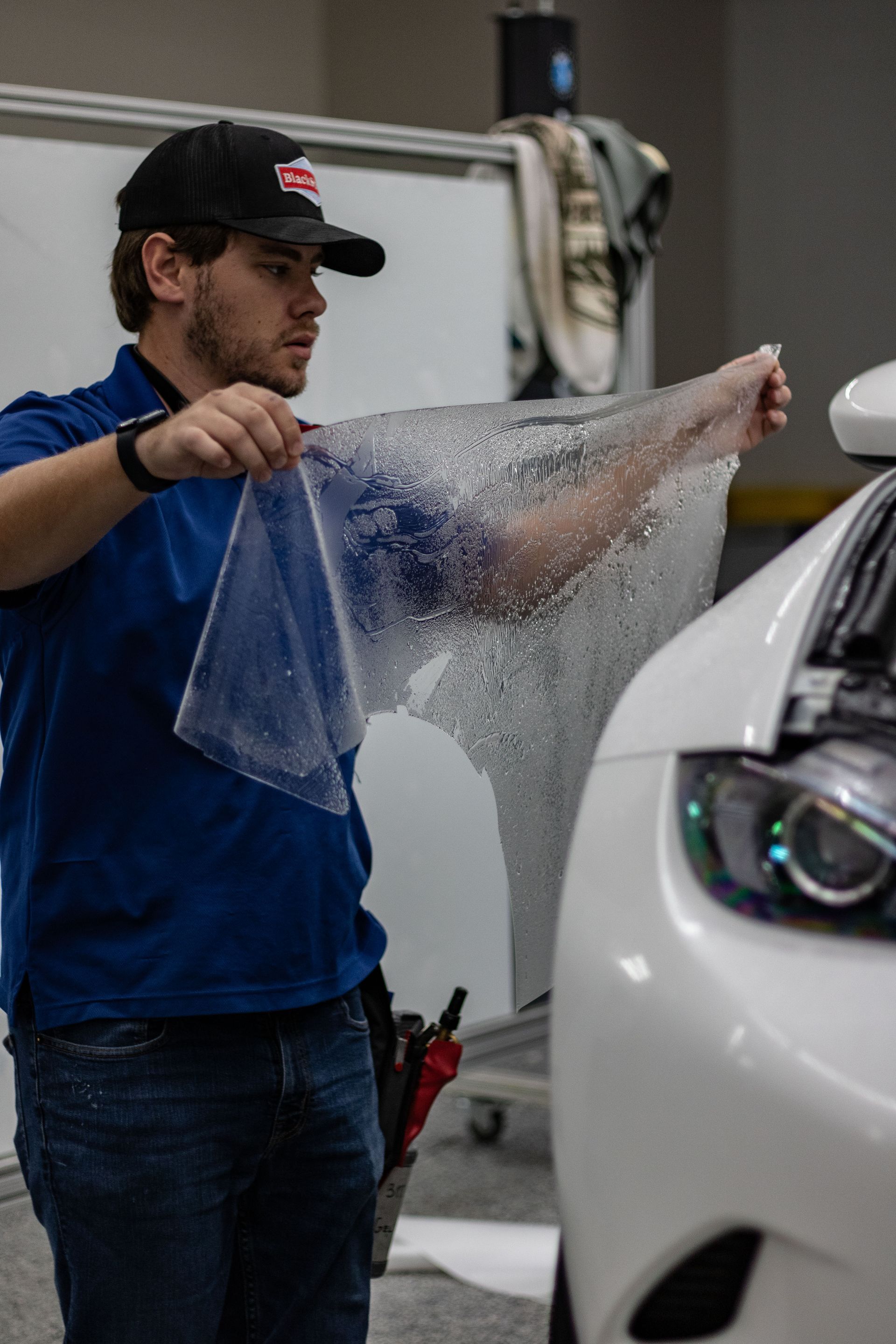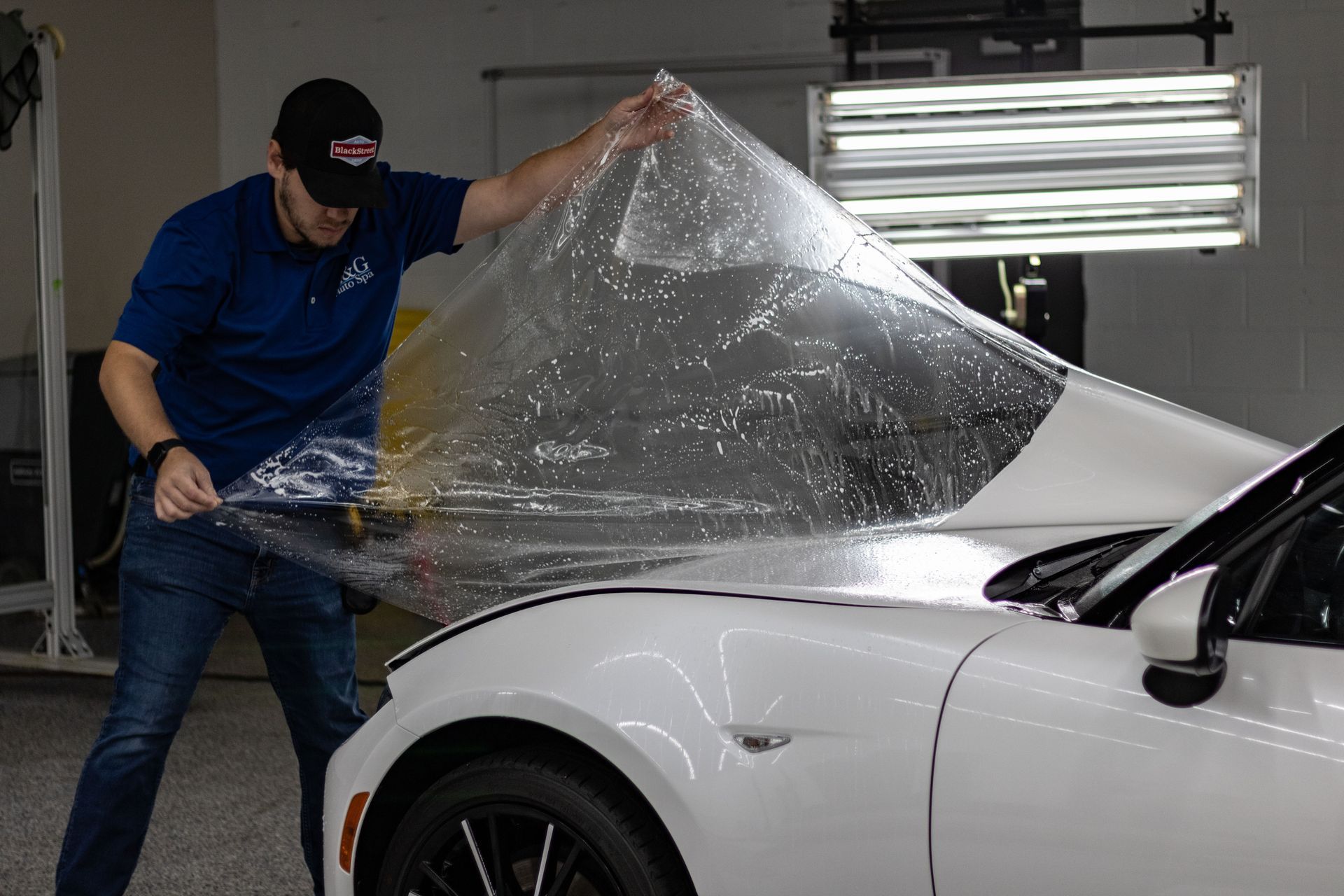Can You Wax Over Paint Protection Film?
You've invested in premium paint protection film to keep your vehicle's paint pristine, but now you're wondering about maintenance. Can you wax over paint protection film without causing damage or compromising its performance?
This question comes up constantly among vehicle owners who want to maintain that showroom shine while protecting their PPF investment. The short answer is yes, but with important caveats. Not all waxes are created equal, and the wrong product can actually harm your film rather than help it.
After working with paint protection film installations and maintenance at A&G Auto Spa, we've learned exactly which products work well with PPF and which ones cause problems. Understanding the compatibility between waxes and PPF can mean the difference between maintaining a beautiful, clear film and dealing with costly repairs.
Understanding Paint Protection Film Surface Properties
Before diving into wax compatibility, it's crucial to understand what you're actually working with. Paint protection film isn't paint—it's a specialized polyurethane material with unique surface characteristics that affect how products interact with it.
PPF has a self-healing topcoat that's designed to resist scratches and maintain clarity. This topcoat is chemically different from automotive paint and responds differently to various maintenance products. The surface is engineered to be hydrophobic and stain-resistant.
When you apply products to PPF, you're potentially altering the film's performance characteristics. Some products enhance the film's properties, while others can interfere with its self-healing capabilities or cause discoloration over time.
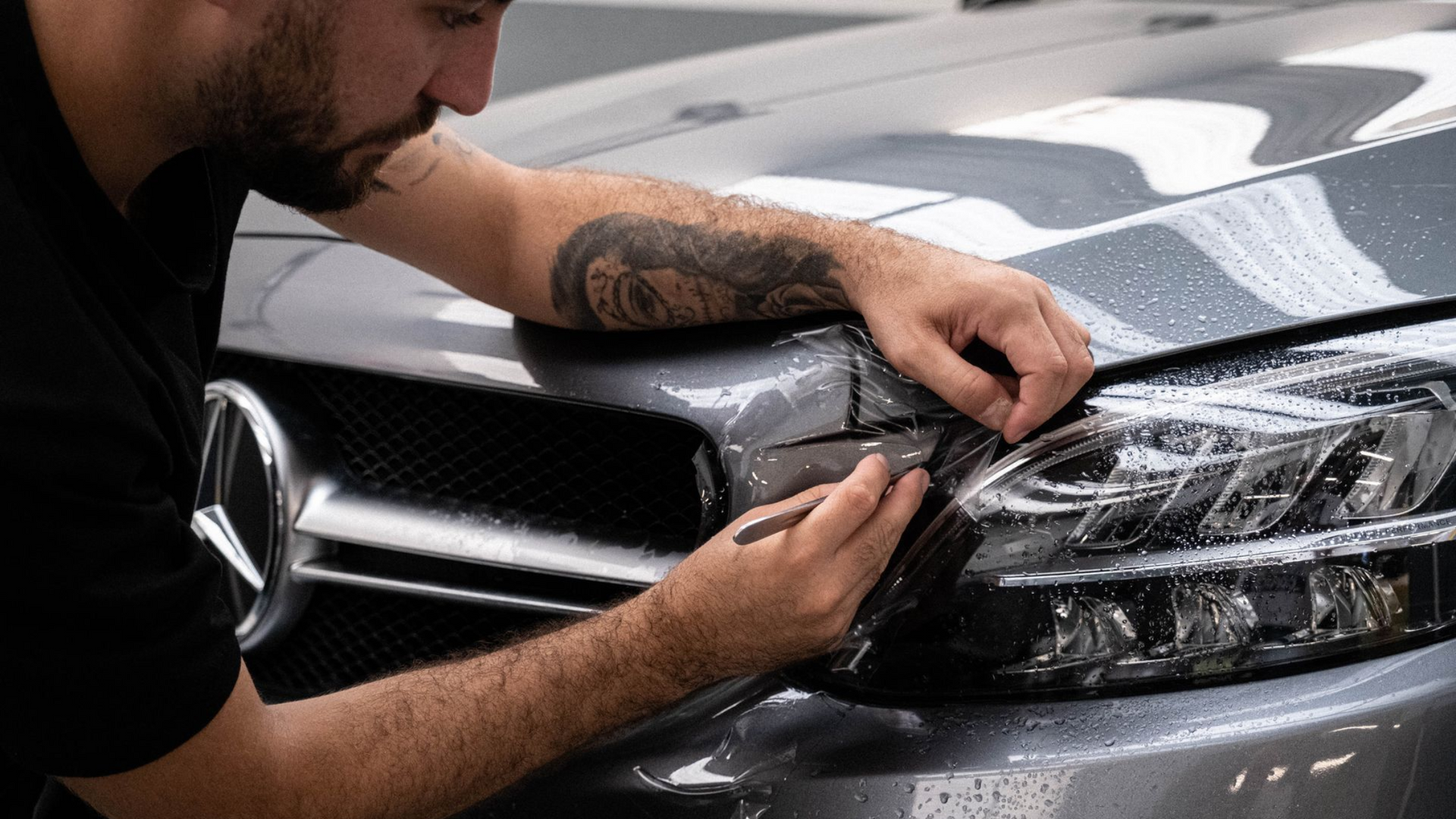
Safe Wax Types for Paint Protection Film
Can you wax over paint protection film safely? Yes, but only with the right products. Not all waxes are PPF-compatible, and using the wrong type can cause permanent damage.
Synthetic Waxes: Most high-quality synthetic waxes are safe for PPF application. These products are formulated with modern chemistry that won't react negatively with polyurethane films. They provide additional gloss and hydrophobic properties without interfering with the film's self-healing characteristics.
Spray Waxes: Many spray wax formulations work well on PPF because they're designed to be gentle and temporary. They add shine and water repellency without creating thick buildups that could interfere with the film's performance.
PPF-Specific Products: The safest option is using products specifically formulated for paint protection film. These products are engineered to work with PPF's unique properties and often enhance rather than mask the film's natural characteristics.
Natural Carnauba Waxes: Here's where things get tricky. While some carnauba waxes are safe for PPF, others contain ingredients that can cause problems. The natural oils and solvents in some carnauba formulations can penetrate the film's surface and cause discoloration or adhesion issues.
Products to Avoid on Paint Protection Film
Knowing what not to use is just as important as knowing what's safe. Several common automotive products can damage PPF or interfere with its performance.
Abrasive Compounds: Never use cutting compounds, polishing compounds, or any abrasive products on PPF. These products can permanently damage the film's self-healing topcoat and create cloudy areas that can't be repaired.
Petroleum-Based Products: Avoid any wax or treatment that contains petroleum solvents. These chemicals can cause the film to swell, discolor, or lose adhesion over time. The damage often doesn't appear immediately, making it easy to miss until it's too late.
Unknown or Cheap Products: Generic waxes from unknown manufacturers pose risks because you don't know what chemicals they contain. When protecting an expensive PPF installation, it's worth investing in quality maintenance products with known formulations.
Silicone-Heavy Products: Products with high silicone content can create buildup on PPF that's difficult to remove and may interfere with future maintenance or repairs.
Proper Application Techniques for PPF
When you've confirmed that can you wax over paint protection film with your chosen product, proper application becomes critical. PPF requires different techniques than bare paint to avoid damage and ensure even coverage.
Surface Preparation: Start with a completely clean PPF surface. Use a pH-neutral car soap designed for PPF or synthetic materials. Remove any existing wax buildup or contaminants that could interfere with the new application.
Temperature Considerations: Apply wax products when the PPF surface is cool to the touch and out of direct sunlight. Heat can affect how products interact with the film and may cause uneven application or bonding issues.
Application Method: Use microfiber applicators rather than traditional wax applicators. Work in small sections and apply thin, even coats. PPF doesn't require the same coverage thickness as paint because it's already protected underneath.
Removal Technique: Remove wax residue gently with clean microfiber towels. Avoid aggressive buffing that could heat up the film or create friction damage.
Maintenance Tips for Long-Lasting Film Clarity
Keeping PPF clear and performing well goes beyond just choosing the right wax. Regular maintenance practices play a huge role in film longevity and appearance.
Regular Cleaning Schedule: Don't let contaminants sit on PPF for extended periods. Bird droppings, tree sap, and industrial fallout can bond to the film and become difficult to remove without aggressive cleaning that could damage the surface.
Gentle Washing Techniques: Use the two-bucket method with pH-neutral soaps. Avoid automatic car washes with harsh brushes that can scratch or lift the film edges. Hand washing gives you control over pressure and technique.
Inspect for Damage: Regularly check your PPF for signs of damage, lifting edges, or discoloration. Early detection allows for repairs before problems spread or require complete film replacement.
Professional Maintenance: Consider periodic professional cleaning and inspection. Experienced technicians can spot potential issues and perform maintenance that keeps the film performing optimally.
Signs Your PPF Needs Attention
Knowing when your PPF maintenance routine needs adjustment helps prevent problems before they become expensive repairs.
Loss of Water Beading: If water stops forming tight beads and rolling off the surface, it's time to clean and reapply wax or protective products.
Cloudy Appearance: Haziness or cloudiness that doesn't improve with cleaning may indicate product buildup or early film degradation that needs professional attention.
Edge Lifting: Any lifting at film edges requires immediate attention to prevent moisture infiltration and adhesion failure.
Staining or Discoloration: Permanent staining often indicates that contamination has bonded to the film and may require professional removal or film replacement.
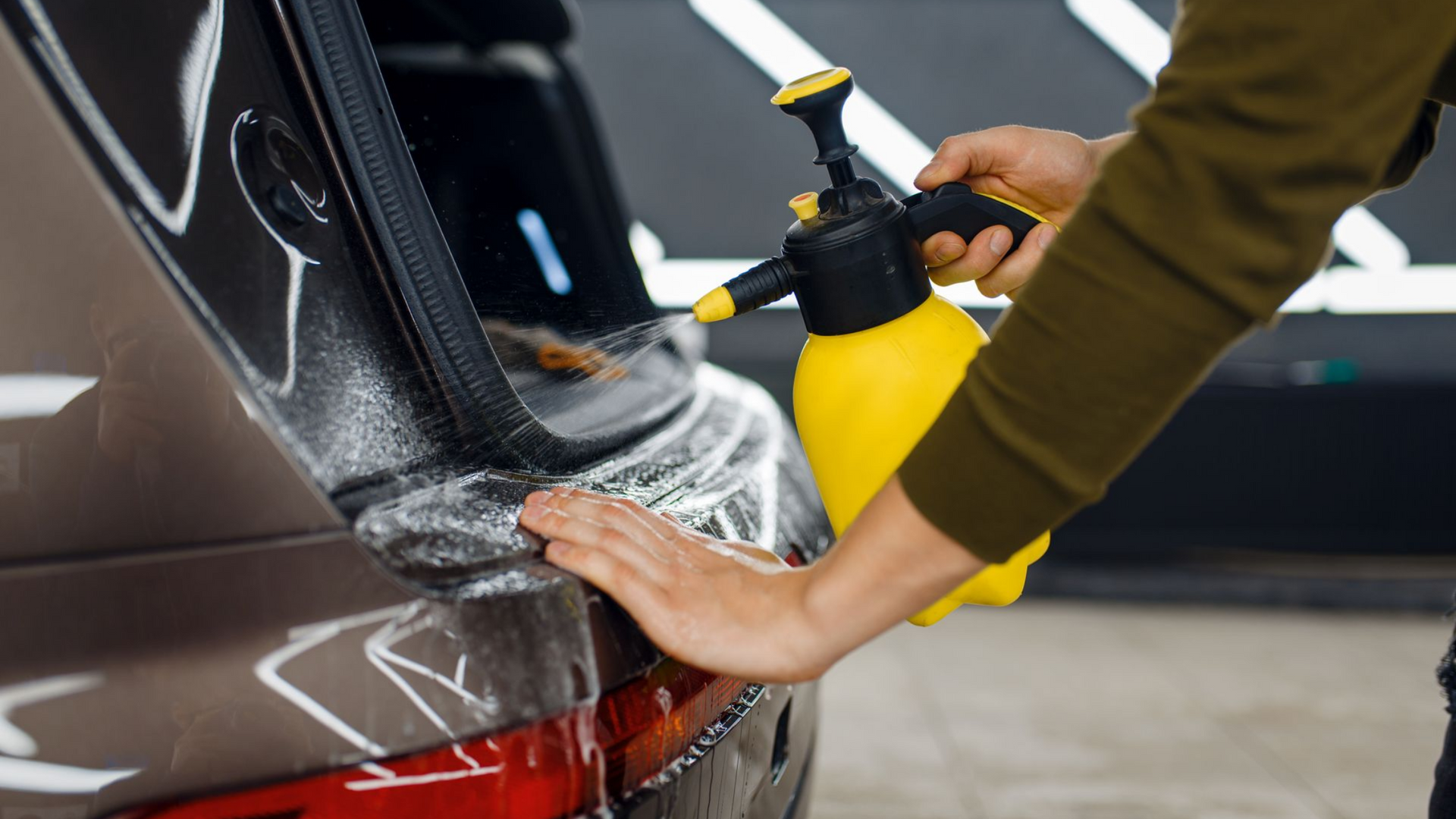
Extend the Life of Your PPF with Professional Care
Can you wax over paint protection film? Absolutely, but success depends on choosing the right products and using proper application techniques. PPF-compatible waxes can enhance your film's appearance and performance when used correctly, while the wrong products can cause expensive damage.
The key is understanding that PPF isn't paint and doesn't respond to products the same way. Stick with synthetic waxes or PPF-specific products, avoid abrasive or petroleum-based formulations, and always test new products in inconspicuous areas first.
Regular maintenance with compatible products will keep your PPF looking clear and performing well. When in doubt, consult with professionals who understand the specific requirements of paint protection film care. If you have questions about specific products or need professional PPF maintenance, contact our team for expert guidance.
Frequently Asked Questions
How often should I wax my paint protection film?
PPF typically needs wax application periodically, depending on environmental conditions and driving habits. Vehicles in harsh environments may require more frequent applications, while garage-kept vehicles can go longer between treatments.
Will waxing void my PPF warranty?
Using appropriate, PPF-compatible wax products should not void your warranty. However, using incompatible products or improper application techniques could potentially void coverage. Always check with your installer about approved maintenance products and procedures.
Can I use the same wax on PPF that I use on my car's paint?
Not necessarily. While some waxes are safe for both paint and PPF, others may contain ingredients that can damage the film. It's safest to use products specifically approved for PPF or confirm compatibility with your film manufacturer.
What should I do if wax builds up on my PPF?
Remove wax buildup promptly using a PPF-safe cleaner or mild degreaser. Work gently to avoid scratching the film surface. If buildup persists, consider professional cleaning to prevent potential damage from aggressive removal attempts.
How can I tell if a wax product is damaging my PPF?
Signs of damage include cloudiness that doesn't clear with cleaning, discoloration, loss of water beading, or changes in the film's texture. If you notice any of these issues after applying a new product, discontinue use immediately and consult a professional.


